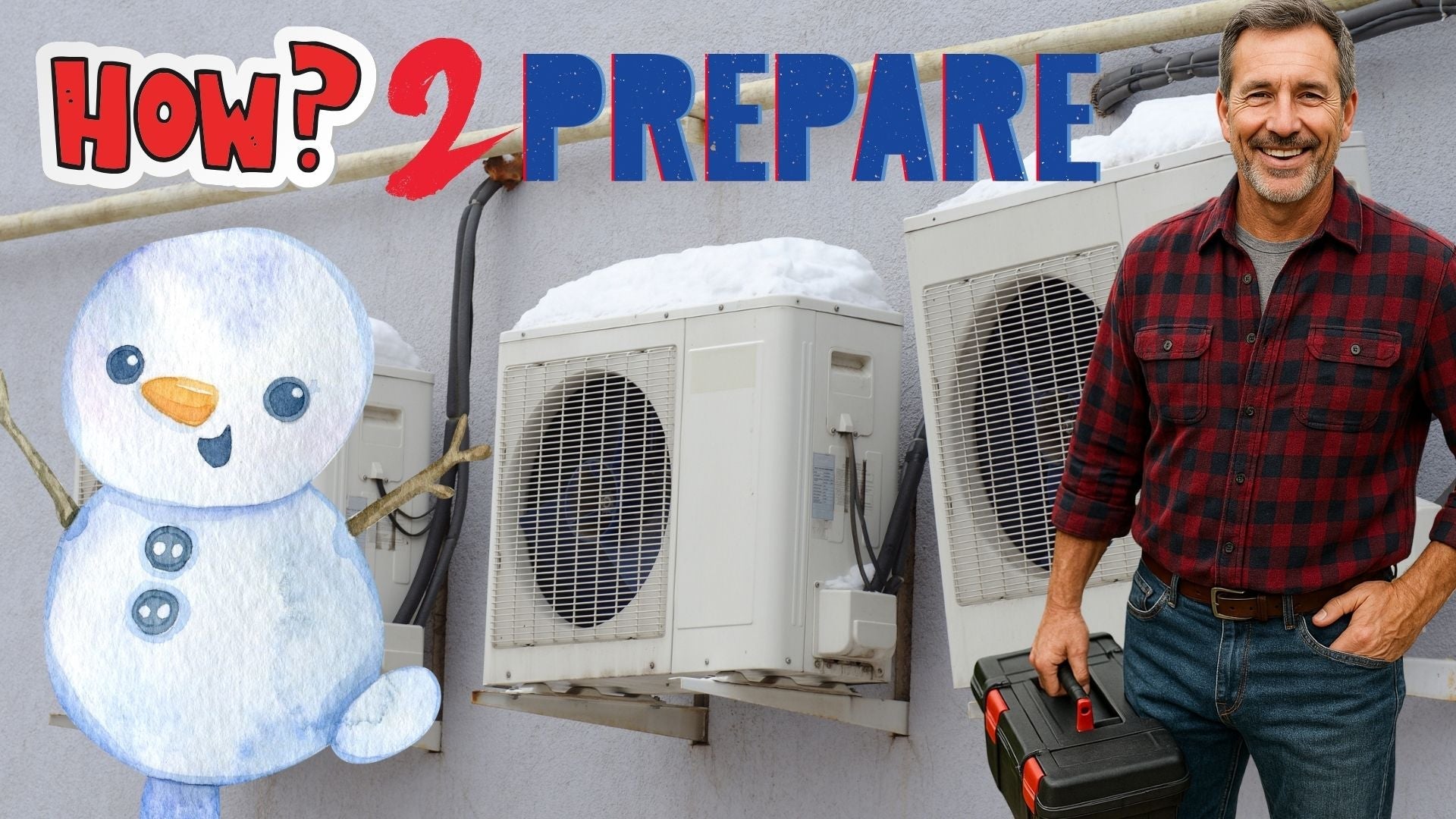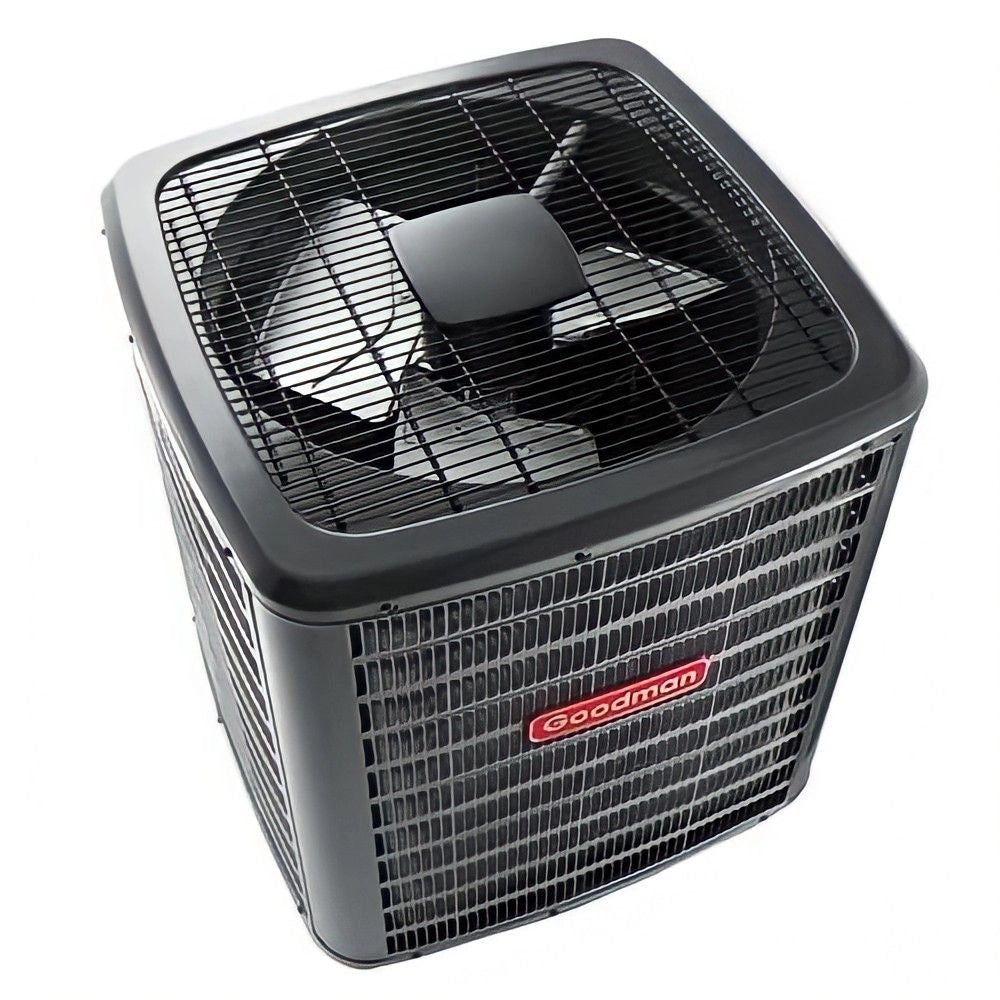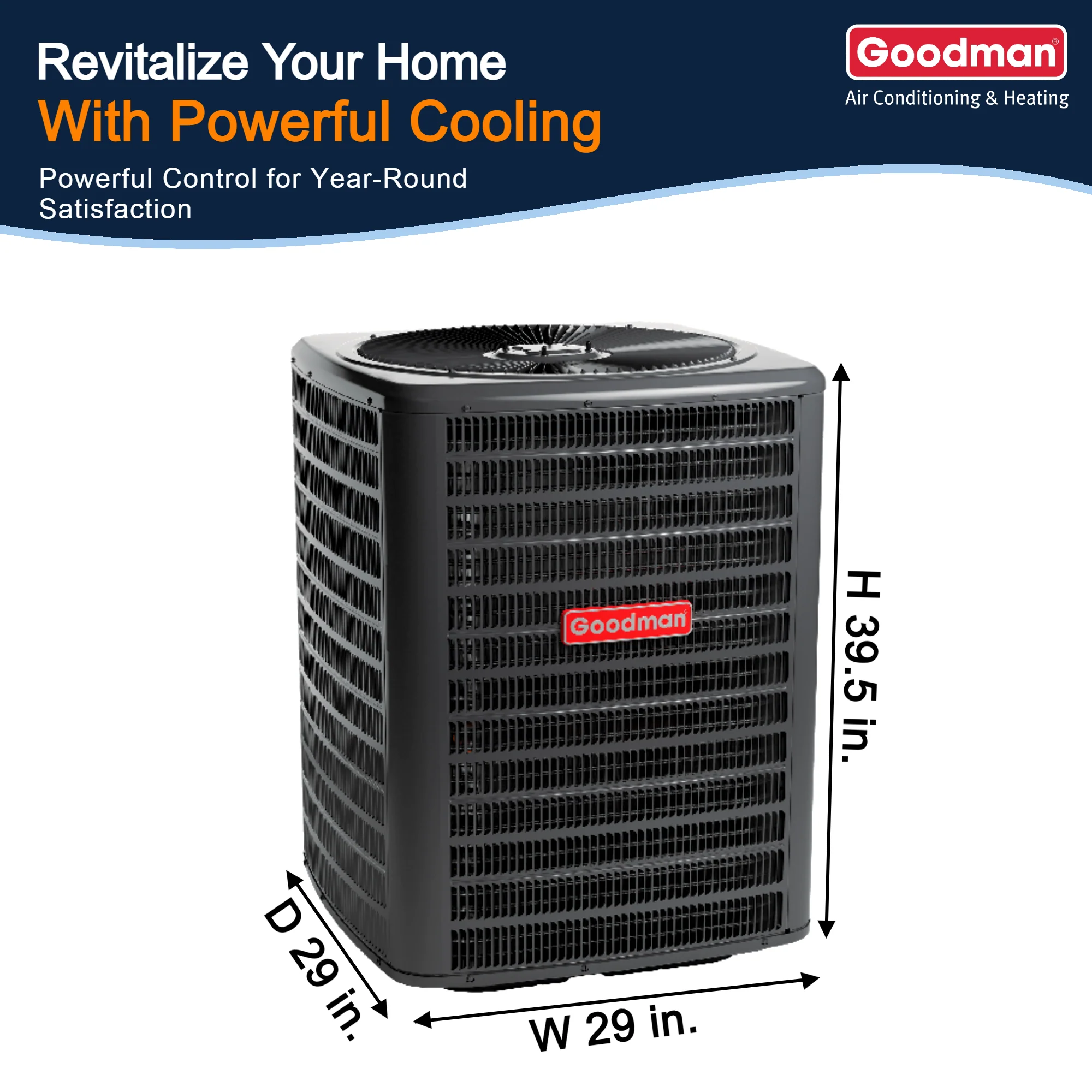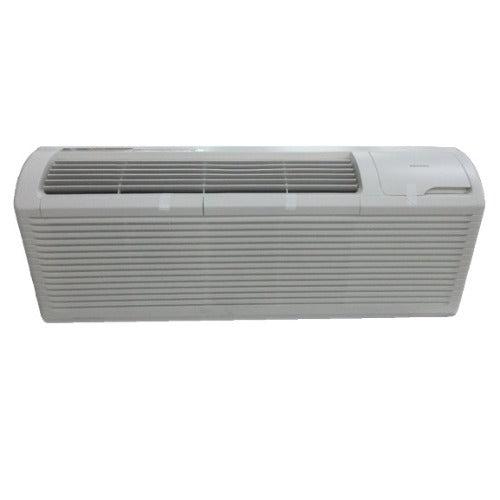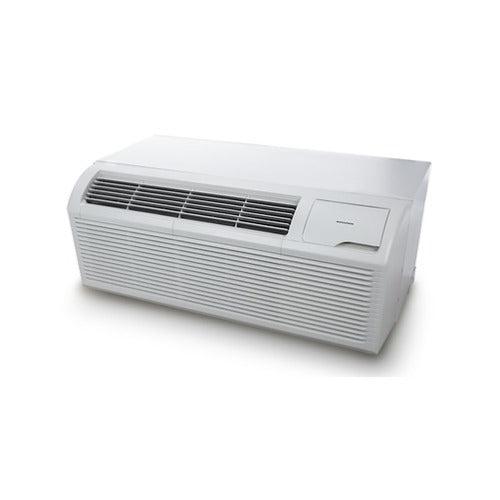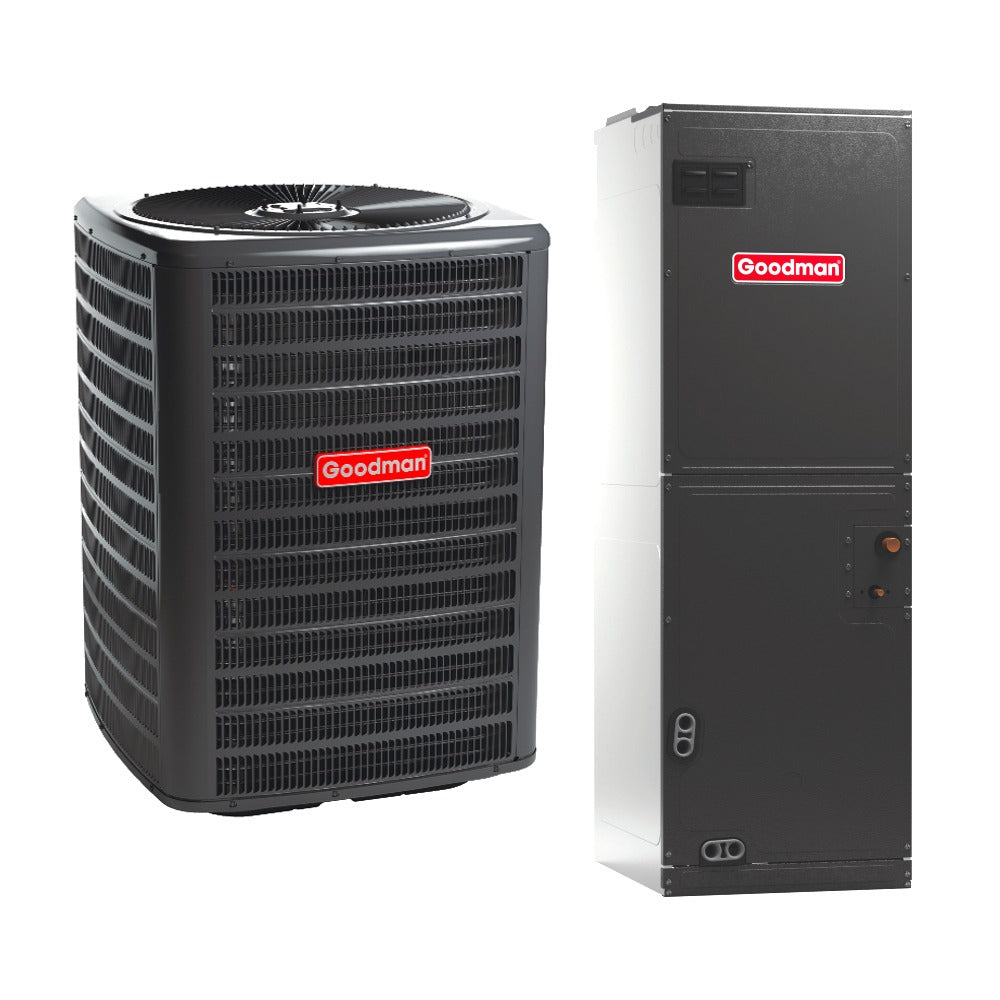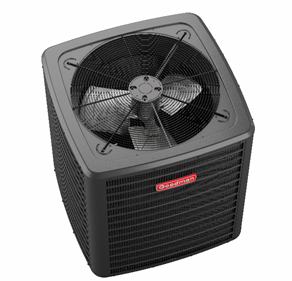How to Prep Your Outdoor AC Unit for Winter (Without Calling in a Pro)
Hey there—Mike Sanders here. If you’ve ever glanced at your AC outside unit when it’s snowing and thought, “Should I be doing something about that?”, the answer is yeah… probably.
The exterior HVAC unit—a.k.a. your outdoor air conditioner condenser—is a big investment. And while it’s made to handle the weather, giving it a little attention before winter hits can save you from dealing with avoidable damage in the spring. Here’s my go-to checklist for winterizing it—DIY style.
First Things First: What Is the Outdoor AC Unit Called?
If you’re Googling “what is the outside AC unit called,” you’re not alone. Most folks just call it the AC outside unit or condenser. Technically, it’s the part of your split air conditioning system that sits outside, working with your indoor coil and air handler or furnace to dump heat from inside your home. In this case, we’re talking about the Goodman GLXS4BA3610 from this 3 Ton 15.2 SEER2 R-32 System—a solid midrange system that’s energy-efficient and winter-worthy.
1. Shut It Down the Right Way
Step one: Turn the system off at the breaker or the AC disconnect box. Don’t just flip the thermostat—actually kill the power to avoid accidental startups during warmer days (yeah, that happens). Moisture plus movement equals wear you don’t want.
2. Clean the Unit—No Fancy Products Needed
• Use a garden hose to spray down dirt and gunk (just no pressure washers—they can bend the fins).
• Pick out leaves, twigs, and bugs from the fins.
• Let it dry completely before the next step.
• Bonus points if you wipe it down with a damp rag and check for visible damage.
If you’re wondering how much is an outdoor AC unit and if it’s worth the hassle, let me tell you—replacement costs are no joke. Keeping your current one clean is a heck of a lot cheaper.
3. Cover (Sort Of)
Here’s where opinions split. Some folks cover the whole aircon outdoor unit with a tarp. I don’t.
Instead, I use a breathable, fitted cover or even just a plywood board weighted down with bricks. The goal isn’t to seal it airtight—it’s to keep snow, ice, and falling icicles from damaging the top fan.
Trapping moisture = bad. Shielding it from debris = good.
4. Check the Surrounding Area
• Trim back branches so nothing heavy can fall on it.
• Make sure your gutters aren’t dumping water onto the unit.
• Shovel a clear space around it after snowfalls so it’s not buried (and so it doesn’t turn into a frozen lawn sculpture).
5. Inspect Electrical and Refrigerant Lines
Look at the line set (that’s the insulated copper tubing connecting the unit to your home). If the foam insulation’s cracking or missing, replace it with cheap pipe wrap from the hardware store.
Also make sure critters haven’t chewed wires—especially if your dog thinks wires look tasty.
6. Keep It Clear All Winter
This isn’t a “set it and forget it” thing. Every time it snows, check the unit.
• Brush off heavy snow buildup.
• Check for ice dams above it.
• Make sure no snow melt is pooling underneath.
What Happens If You Skip All This?
Worst case? You end up needing a new AC external unit in the spring. That means shelling out for installation, refrigerant, and possibly modifying your existing system—all things you can avoid with 30 minutes and a few tools.
Looking Ahead: R-32 Units Like This One Are Worth Protecting
This Goodman system uses R-32, which is more efficient and climate-friendly than older refrigerants. That means systems like this will likely stick around for the long haul, especially with the R-454B shortages making headlines and prices spike on alternatives.
So yeah—protecting your outdoor condenser isn’t just about keeping it clean. It’s about protecting your investment in new refrigerant tech, especially as costs climb and rebates tighten.
For more details on R-32’s advantages, check out this overview from Daikin and this refrigerant comparison from Chemours.
Final Thoughts from Mike
Winterizing your outside AC unit doesn’t take a degree in HVAC. It just takes a little common sense, a hose, and maybe a cold afternoon when football isn’t on. Skip the technician and pocket the savings—it’s just part of being a handy homeowner.
Got other HVAC questions or want to learn more about budget-smart systems? Stick around. I’m all about sharing what works, what doesn’t, and what’s worth your hard-earned money.
My Next article will cover: What Size AC and Furnace System Do I Need? Mike Breaks It Down

